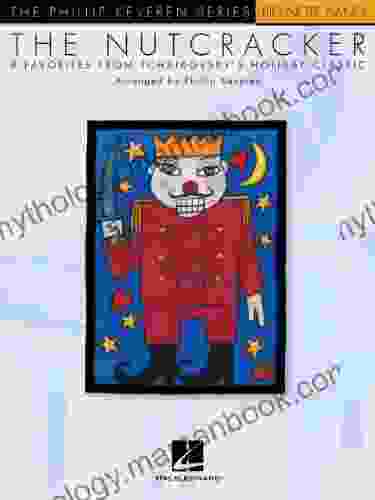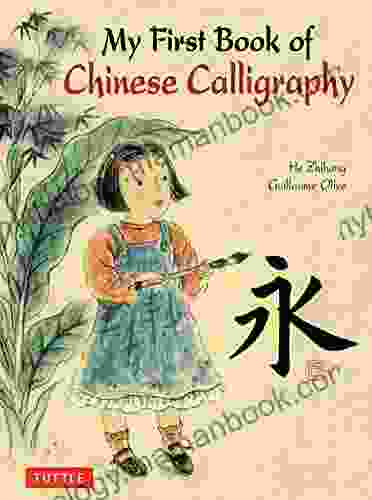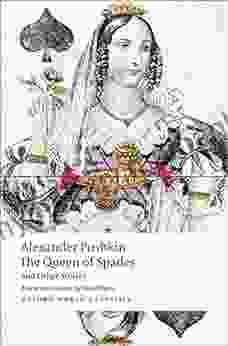Unveiling the Big Note Piano: A Symphony of Simplicity and Accessibility

4.8 out of 5
| Language | : | English |
| File size | : | 7647 KB |
| Text-to-Speech | : | Enabled |
| Screen Reader | : | Supported |
| Enhanced typesetting | : | Enabled |
| Print length | : | 24 pages |
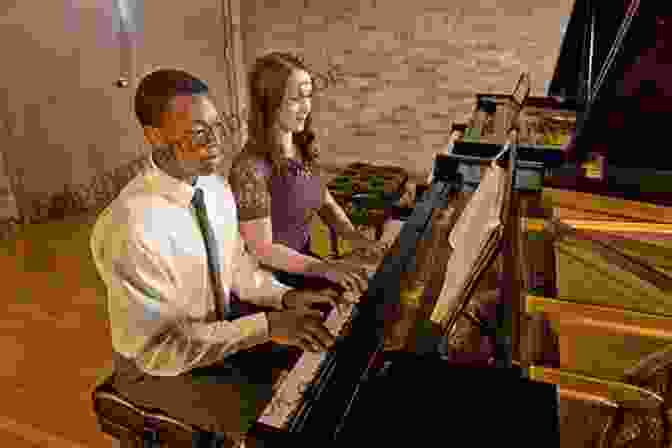
Music has the power to ignite creativity, foster self-expression, and bring people together. However, for many aspiring musicians, the traditional piano can be an intimidating obstacle. Its complex keyboard and daunting number of keys can discourage those who lack prior musical training or have physical limitations.
Recognizing this need, Phillip Keveren, an innovative music educator from New Zealand, conceived a revolutionary solution: the Big Note Piano. Introduced in 1974, this ingenious instrument has transformed the landscape of music education, making piano playing accessible to a wider audience.
The Visionary Behind the Big Note Piano
Phillip Keveren's passion for music education stemmed from his own childhood experiences. Growing up in a remote area without access to formal piano lessons, he discovered the joy of playing the keyboard on his accordion. This experience instilled in him a deep belief that music should be accessible to everyone, regardless of their background or abilities.
Driven by this信念, Keveren embarked on a mission to create an instrument that would break down the barriers to piano playing. He envisioned a keyboard with fewer keys, larger notes, and a simplified layout that would make it easier for beginners to learn and experienced players to explore new possibilities.
The Design and Features of the Big Note Piano
The Big Note Piano is a masterpiece of simplicity and functionality. Its keyboard is reduced to 25 keys, covering a range of two octaves. Each key is oversized, with a corresponding large note printed on it. This design allows players to easily identify and locate notes, reducing the cognitive load associated with traditional keyboards.
The instrument is typically played with both hands, with the left hand playing the bass notes and the right hand playing the melody. The absence of multiple octaves and black keys eliminates the need for complex fingerings and allows players to focus on rhythm and musicality.
Additionally, the Big Note Piano features a unique "chord button" system. Each chord button, located above the corresponding group of notes, plays a full chord when pressed with the right hand. This feature enables players to create rich harmonies and accompaniments without the need for complex fingerings, making it ideal for improvisation and self-expression.
Benefits of the Big Note Piano in Music Education
The Big Note Piano has revolutionized music education by making piano playing accessible to a wider range of students. Its simplified design and features offer numerous benefits, particularly for beginners, students with learning disabilities, and individuals with physical limitations.
Accessibility for Beginners
For novice piano players, the Big Note Piano provides a gentle and encouraging to the instrument. The large notes and simplified layout reduce the intimidation factor, allowing beginners to focus on the basics of rhythm and pitch. As they gain confidence, students can gradually transition to traditional keyboards as their skills develop.
Inclusion for Students with Learning Disabilities
The Big Note Piano has proven to be a valuable tool for students with learning disabilities, such as dyslexia and autism. The concrete representation of notes and the simplified layout make it easier for these students to understand and remember musical concepts. The chord button system also allows them to create and express music without the need for complex fingerings.
Adaptation for Individuals with Physical Limitations
The Big Note Piano is also highly beneficial for individuals with physical limitations that may hinder their ability to play traditional keyboards. The oversized keys and simplified layout accommodate players with limited finger dexterity or mobility issues. Additionally, the instrument can be played in different positions, such as on a table or with the player standing up, providing flexibility for those with physical disabilities.
The Impact of the Big Note Piano on the World of Music
The Big Note Piano has had a profound impact on the world of music education and beyond. It has been widely adopted in schools, music academies, and therapeutic settings, making piano playing accessible to a diverse population of learners.
Inclusion in Music Therapy
Music therapists have recognized the therapeutic potential of the Big Note Piano. Its simplicity and accessibility make it an ideal tool for working with individuals with cognitive, physical, or emotional challenges. Music therapy sessions using the Big Note Piano have been shown to improve communication, socialization, and overall well-being.
Inspiration for New Musical Expressions
The Big Note Piano has also inspired innovative musical expressions. Contemporary musicians have incorporated it into their performances, exploring new sounds and rhythms. Its unique design has sparked creativity and challenged traditional notions of piano playing.
Phillip Keveren's vision of a simplified and accessible piano has come to fruition with the Big Note Piano. This extraordinary instrument has transformed the landscape of music education, opening up the world of piano playing to a diverse range of learners. Through its simplicity, functionality, and therapeutic applications, the Big Note Piano continues to inspire and empower musicians of all abilities.
As the Big Note Piano journeys into the future, its legacy will undoubtedly continue to grow. It is a testament to the power of innovation and the belief that music should be accessible to all.
4.8 out of 5
| Language | : | English |
| File size | : | 7647 KB |
| Text-to-Speech | : | Enabled |
| Screen Reader | : | Supported |
| Enhanced typesetting | : | Enabled |
| Print length | : | 24 pages |
Do you want to contribute by writing guest posts on this blog?
Please contact us and send us a resume of previous articles that you have written.
 Top Book
Top Book Novel
Novel Fiction
Fiction Nonfiction
Nonfiction Literature
Literature Paperback
Paperback Hardcover
Hardcover E-book
E-book Audiobook
Audiobook Bestseller
Bestseller Classic
Classic Mystery
Mystery Thriller
Thriller Romance
Romance Fantasy
Fantasy Science Fiction
Science Fiction Biography
Biography Memoir
Memoir Autobiography
Autobiography Poetry
Poetry Drama
Drama Historical Fiction
Historical Fiction Self-help
Self-help Young Adult
Young Adult Childrens Books
Childrens Books Graphic Novel
Graphic Novel Anthology
Anthology Series
Series Encyclopedia
Encyclopedia Reference
Reference Guidebook
Guidebook Textbook
Textbook Workbook
Workbook Journal
Journal Diary
Diary Manuscript
Manuscript Folio
Folio Pulp Fiction
Pulp Fiction Short Stories
Short Stories Fairy Tales
Fairy Tales Fables
Fables Mythology
Mythology Philosophy
Philosophy Religion
Religion Spirituality
Spirituality Essays
Essays Critique
Critique Commentary
Commentary Glossary
Glossary Bibliography
Bibliography Index
Index Table of Contents
Table of Contents Preface
Preface Introduction
Introduction Foreword
Foreword Afterword
Afterword Appendices
Appendices Annotations
Annotations Footnotes
Footnotes Epilogue
Epilogue Prologue
Prologue Jessie Donovan
Jessie Donovan Barbara Grunes
Barbara Grunes Edward M Hallowell
Edward M Hallowell Richard Osman
Richard Osman Vaughn Heppner
Vaughn Heppner Heikin Ashi Trader
Heikin Ashi Trader Akshat Srivastava
Akshat Srivastava Jack Higgins
Jack Higgins Paul Milgrom
Paul Milgrom David Leiser
David Leiser Jeffry L Shultz
Jeffry L Shultz S J A Turney
S J A Turney Dennis Charles
Dennis Charles Ryan Hyatt
Ryan Hyatt Akihisa Ikeda
Akihisa Ikeda Randolph Lalonde
Randolph Lalonde Dancing Dolphin Patterns
Dancing Dolphin Patterns Anthony Eymard
Anthony Eymard James Dillehay
James Dillehay Howard Raiffa
Howard Raiffa
Light bulbAdvertise smarter! Our strategic ad space ensures maximum exposure. Reserve your spot today!
 Galen PowellFollow ·6.2k
Galen PowellFollow ·6.2k Orson Scott CardFollow ·5.3k
Orson Scott CardFollow ·5.3k Ethan MitchellFollow ·11k
Ethan MitchellFollow ·11k Caleb CarterFollow ·10.8k
Caleb CarterFollow ·10.8k Joseph HellerFollow ·13.9k
Joseph HellerFollow ·13.9k Dylan MitchellFollow ·4.3k
Dylan MitchellFollow ·4.3k Kirk HayesFollow ·5.2k
Kirk HayesFollow ·5.2k Jan MitchellFollow ·19.5k
Jan MitchellFollow ·19.5k
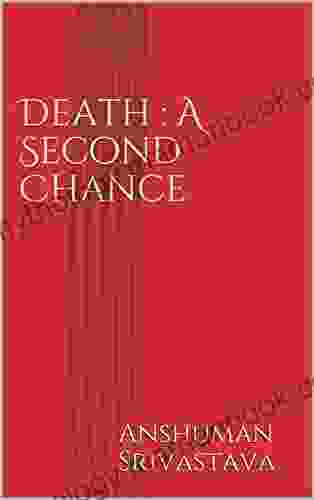
 Christopher Woods
Christopher WoodsDeath's Second Chance: The Unbelievable Story of Cris...
On July 29, 2008, Cris...
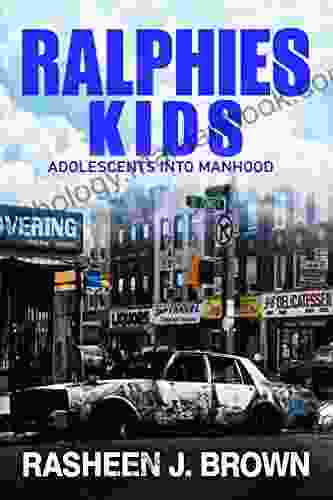
 Esteban Cox
Esteban CoxFrom Ralphie Kids to Adolescents: The Journey to Manhood
The transition from...
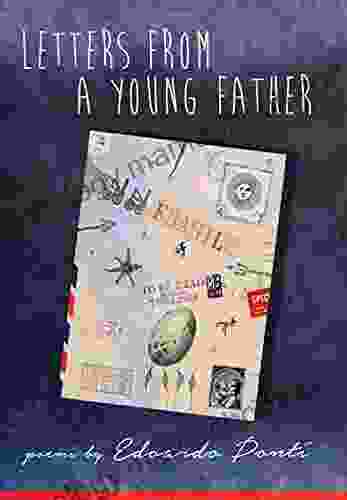
 Chris Coleman
Chris ColemanLetters From Young Father Poems: Delving into the Heart...
Fatherhood, a journey filled...
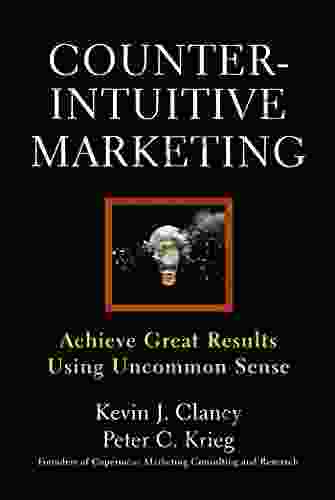
 Holden Bell
Holden BellCounterintuitive Marketing: Achieving Great Results Using...
In the ever-evolving world of...
4.8 out of 5
| Language | : | English |
| File size | : | 7647 KB |
| Text-to-Speech | : | Enabled |
| Screen Reader | : | Supported |
| Enhanced typesetting | : | Enabled |
| Print length | : | 24 pages |


